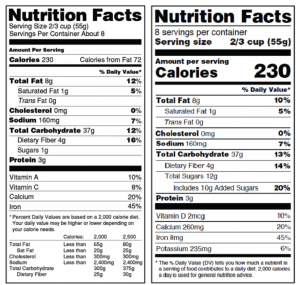
Every March, dietitians across the country celebrate the joy of good nutrition and healthy eating! This year’s Nutrition Month theme focuses on taking a 100 meal journey and making small changes at each meal to build better eating habits.
I started by pledging to take a 100 Meal Journey. Throughout the month, I’m aiming to try new recipes and new foods, and generally be a bit more adventurous with my foods. And that’s when I found them – chocolate covered crickets – just $5.99 for a small pack! I must have been feeling brave at the time because I also bought a pack of the barbecued crickets too. Why crickets? With growing concern for the environment and sustainable eating, crickets provide protein, iron, magnesium and zinc, and produce little CO2 and methane gas.

To help bolster my confidence to try these little critters, I tweeted about them, looking for some virtual support. One of my friends replied, “Gross! Anyone who wants to try crickets needs to get a life!” OK, so not a whole lot of love there!
Another follower replied, “We eat crickets all the time where I come from.” I could hear my self-talk, “That’s right Sue, you can do this, crickets are no biggie!”
My dietitian buddy out in Winnipeg told me that she used to feed crickets to Harry, the family’s pet tarantula. (I tried hard to not compare myself to Harry, or maybe it’s name was “Hairy”?) And then a few of my other dietitian colleagues inquired, “So, how did they taste?” One of my colleagues in fact confessed that she had actually (knowingly) tried deep fried lamb testicles! OK, without a doubt, she’s got one up on me in the food adventure department!
So, with a glass of red wine handy and a plate of my chocolate covered crickets, I gave them a try….and….watch my reaction!
If you haven’t yet signed up for the 100 Meal Journey Pledge, it’s not too late – just sign up here and join the thousands of Canadians who are eating their way to better health, one meal at a time! Pledge to eat more fruits and veggies! Try a recipe from a new cookbook! Or experiment with a different spice. Crickets are totally optional!!












